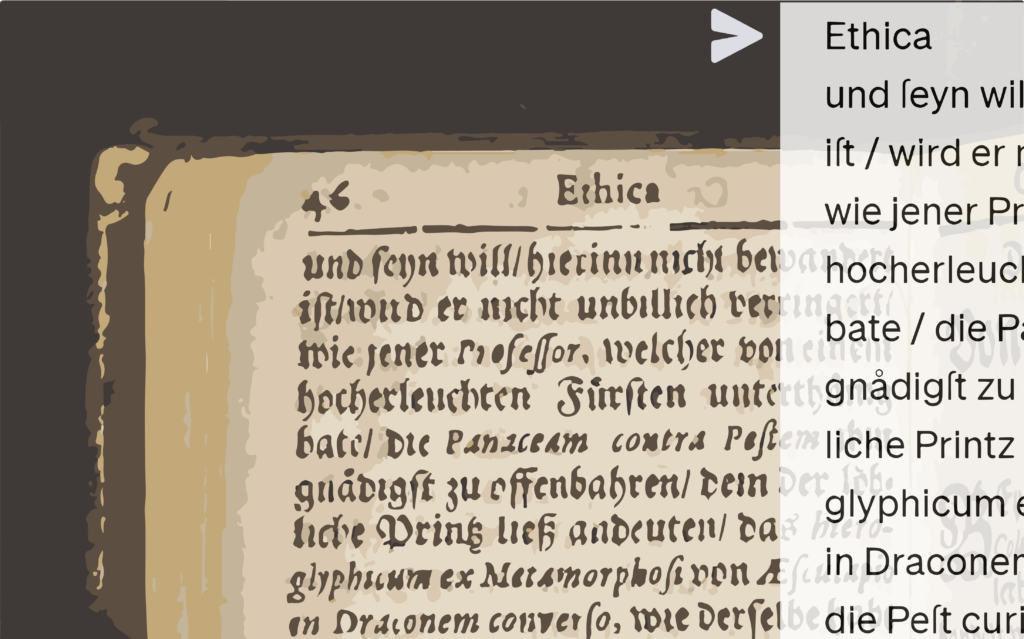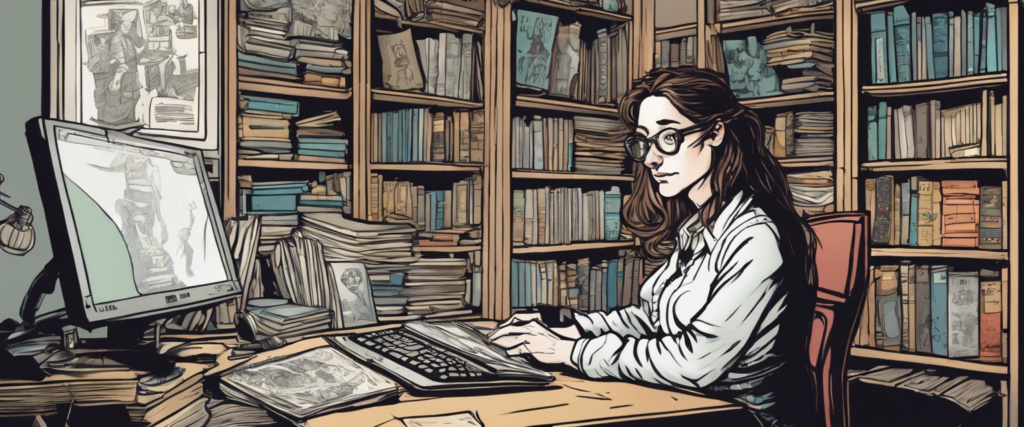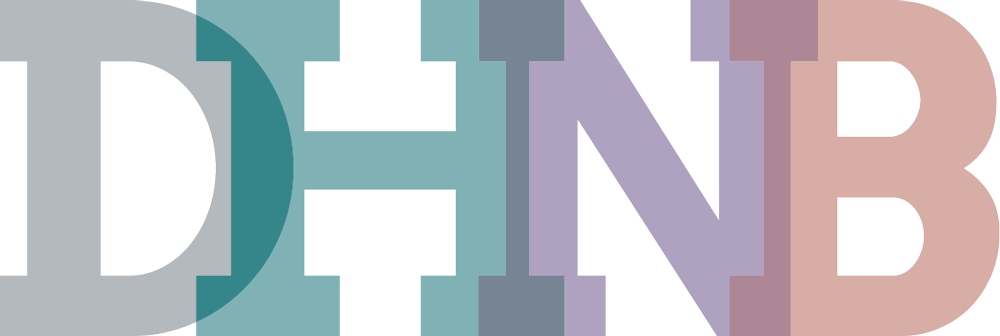Yesterday, I gave an introductory lecture on Digital Humanities to master students of history at the University of Oslo. I thought it would help to show how and when going digital could be useful by telling them about how I came to embrace DH from being a very traditional book history student. So I went back to my masters thesis project, a study on the first print run of the famous “Narrenschiff” (Ship of Fools), by Sebastian Brant, printed in 1494 in Basel for the first time.
While doing some browsing of images of said print, I found out that the Berlin copy (I used this copy of the 1494 print run mostly), had been digitized and made available open access by the Staatsbibliothek zu Berlin Stiftung Preußischer Kulturbesitz. It included not only the full-color digital reproduction of the entire book (incl. the bookbinding and the Exlibris of former owners), it also included the IIIF-manifest and a link to the Mirador Viewer running on the SBB-PK servers.
I became really curious and checked out whether other libraries which held copies of the 1494 print had also digitized it, and yes: Basel, Heidelberg, and Darmstadt had – and to my surprise, the Library of Congress, Washington D.C. had digitized their copy, too! All of them also provided digitization with an IIIF-manifest. Awesome!
Today, I had the following idea which I shared on Twitter: (Since I cannot integrate Twitter-feeds into this website anymore, here’s the content of my tweets – or check them out on Twitter).
It’s a challenge that I put out there:
Reproduce (the Empirical Part of) My Study!
/1 I want to put a challenge out there (this is a primer, I have to flesh the thing out a bit): I want (someone) to reproduce the empirical part of my study on the 1494 print of the Ship of Fools.
/2 The study can be found here: https://peterlang.com/view/title/13048…, I will make it #openaccess but I have to negotiate with the publisher first. In the meantime, drop me a line if you want the pdf.Produktion und Drucküberlieferung der editio princeps von Sebastian Brants «Narrenschiff» (Basel…peterlang.com
/3 Now, many of the 12 surviving copies of the 1st edition of this famous print are digitized and accessible, which makes it significantly easier to compare the copies. I had to this manually, with no two copies in the same place.
/4 And for most copies, I had to rely on the old printed version of the Gesamtkatalog der Wiegendrucke, where *some* of the differences between the copies of the 1st edition had been recorded; this also had been done manually (more than 100yrs ago).
/5 I think this #ReproducibilityTest could be done in the form of a BA or even an MA-thesis: Digital humanities, book history, print history – something like that.
/6 I will put ALL materials for this project online (I have started here: https://github.com/arockenberger/Narrenschiff…). I will also investigate if my alma mater @FU_Berlin can make a digital copy of my Magisterarbeit available open access.arockenberger/NarrenschiffMaterials for my finished project on the early German Ship of Fools prints – arockenberger/Narrenschiffgithub.com
/7 What do you think?


